Publié : 21 November 2025
Actualisé : 3 hours ago
Fiabilité : ✓ Sources vérifiées
Je mets à jour cet article dès que de nouvelles informations sont disponibles.
📋 Table of Contents
Artificial intelligence is no longer a distant promise; it’s here, at the core of our lives, and especially, at the heart of artistic creation. It composes, writes, paints… The results are often stunning. But beyond the technical prowess, a dizzying question haunts us: what becomes of the very essence of the human creative act when the algorithm transforms into an artist?
King Thamus, distrustful, saw writing not as a remedy for forgetfulness, but as a “pharmakon” – both a cure and a poison. It would externalize thought, producing superficial wisdom at the expense of true knowledge, that which arises from living dialogue.
Two millennia later, we find ourselves facing a strangely similar dilemma. Generative AI presents itself as the ultimate auxiliary, a kind of digital muse. But does it not risk emptying the creative act of its substance, automating what was previously an endeavor of effort, doubt, and existential commitment?
🤖 The Vertigo of Digital Creation
The works are there, before our eyes, often with breathtaking stylistic coherence. AI can imitate Van Gogh, compose Bach, or write a poem that seems straight out of Baudelaire’s pen. The question is no longer “can AI create?” but rather “what does this new power do to our own creativity?”
The key takeaway: AI excels at producing impressive results, but this raises a fundamental question about the nature and meaning of human artistic creation in the digital age.
If AI becomes a partner, or even the primary agent of the artistic process, how does this redefine the artist’s identity? What meaning can we give to the work? And above all, what still forms the basis of originality, that precious spark we once thought unique to the human mind?
🧬 The Secret DNA of Human Art
To grasp the magnitude of this seismic shift, we must first explore what we seek to protect. Creativity, that “divine madness” of the Ancients, evolved with Romanticism into the prerogative of “genius” – an innate, singular, inimitable force. For Kant, genius is that “natural gift which gives its rules to art,” a talent that can neither be learned nor imitated.
It is precisely here that AI reveals its limitations. Psychologist Margaret Boden has pioneered this field, distinguishing three forms of creativity:
| Type of Creativity | Description | Does AI excel? |
|---|---|---|
| Combinatorial | Assembling familiar ideas in novel ways. | ✅ Yes |
| Exploratory | Systematically exploring possibilities within a style/rules. | ✅ Yes |
| Transformational | Breaking rules, changing paradigms, inventing the unthinkable. | ❌ No |
Important: Transformational creativity , the kind that shatters frameworks and reinvents rules, remains, for now, the sanctuary of the human spirit. It is not about statistics, but a radical decision.
💖 The Inviolable Triptych of the Artist
This transformational capacity rests on a triptych that our algorithms struggle to simulate. First, intentionality: the creative act is driven by a vision, a deep desire to express an idea, an emotion. It’s not just about producing; it’s about orienting towards meaning, a purpose. AI generates, but does not desire, does not aim for a message.
Next, emotional resonance: art draws its strength from lived experience – joy, suffering, wonder. AI can analyze and reproduce the codes of pathos, manipulating the syntax of emotion. But it feels nothing, has no emotional semantics. It hasn’t lived to create.
Finally, cultural anchoring: a work never emerges in a vacuum. It dialogues with history, traditions, social struggles. Punk-rock, for example, isn’t just about distorted guitar chords; it’s a rebellion against norms. AI ingests cultural corpora, but does not inhabit the world that gives these creations their significance. It lacks collective consciousness.
🎨 The Artist in the Age of Code and Click
With this philosophical distinction made, it is clear that the artist’s profession is changing, moving from “hand to command.” AI insinuates itself at every stage, from inspiration to finalization. This does not signify the end of the artist, but rather a radical redefinition of their role.
Perhaps AI pushes us to look deeper within ourselves, to value what is intrinsically human: intention, lived emotion, and rootedness in a culture. Tomorrow’s artist will no longer solely be the one who masters their brush, but the one who can dialogue with the algorithm, guide it, inspire it… and, in the process, remind us why we have always needed art.


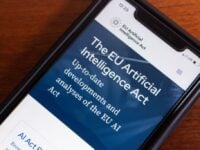

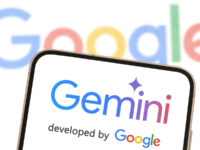
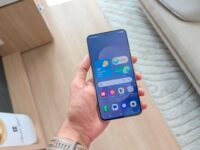
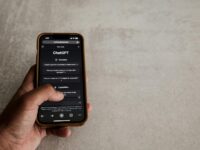
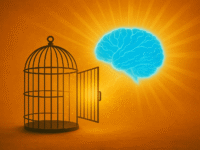





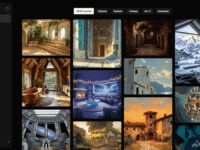

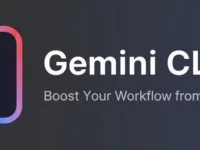



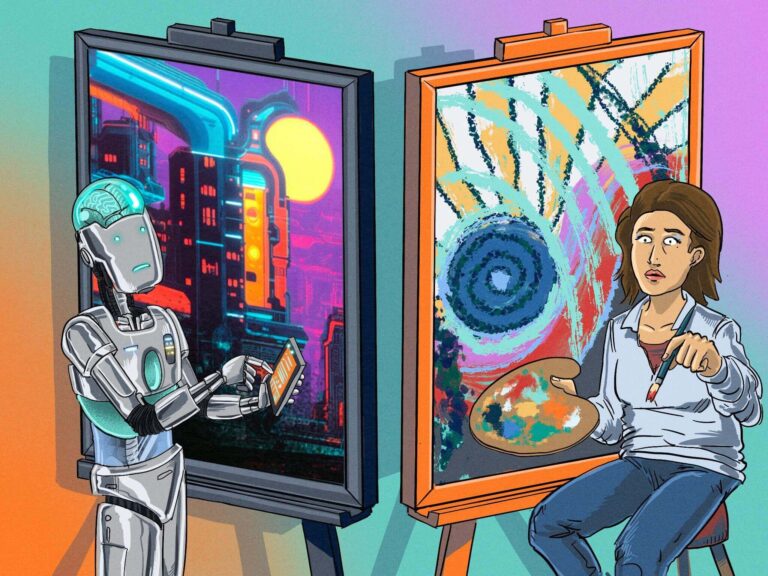
0 Comments